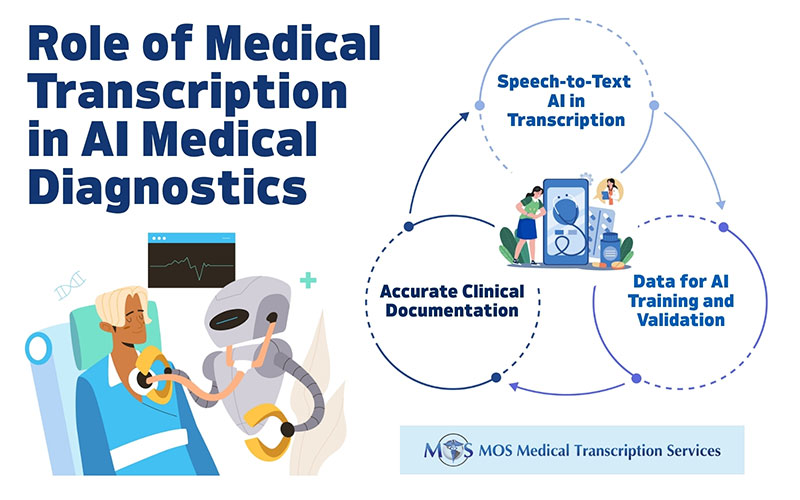The information in patient medical records is crucial for clinical decision-making, quality management and clinical reporting. However, errors can creep into medical transcripts and endanger patient safety, even resulting in serious consequences. Proofreading the transcripts is crucial to eliminate errors and correct oversights. Using a checklist during the proofreading process is the key to avoiding common errors.
Noting Errors to Avoid in the Checklist
Physicians are really busy people and sometimes cognitive biases, stress, and distractions can lead to outright errors. That’s why in professional medical transcription companies, the QA department uses checklists to ensure error-free clinical documentation. Here are some of the things that proofreaders should check for:

- Errors in Terminology – Errors in medical terminology can lead to inaccurate diagnosis, incorrect medical decisions, and inaccurate medical billing.
- Omitted or Added words – These can compromise patient safety.
- Wrong Patient Demographics – Patient encounter information such as date of service, date of consultation, medical record number, date of operation, and author identification number must be checked for mistakes.
- Misspellings – Such errors may not directly affect patient care and safety but can affect the integrity of the document. All spellings need to be verified using a proper resource such as Stedman’s Electronic Medical Dictionary.
- Typographical Errors – These are caused by striking the wrong key or by striking two or more wrong keys because of finger misalignment with respect to the keyboard.
- Grammatical Mistakes – These are hard to identify while transcribing and must be identified through careful proofreading.
- Punctuation Mistakes – Errors in punctuation can actually change the medical meaning of a sentence.
- Incorrect Verbiage – These are errors caused by inappropriate or excessive editing that do not have significant impact on the meaning of the document, but affect the quality of documentation.
Reports that need clarification should be flagged. It is also necessary to review the account specifics against the final report to see if the physician’s requirements have been met. Reading the report without listening to the audio to check for medical and logistical sense is also a helpful proofreading technique.
Associating with a HIPAA compliant medical transcription company with a team of trained and experienced transcriptionists can ensure accuracy in medical notes and reports. They have experienced quality assurance professionals consisting of editors and proofreaders who perform stringent three-level quality checks, ensuring accuracy rates of 99% within prescribed turnaround time. Moreover, these superior medical transcription solutions come at highly competitive rates.


